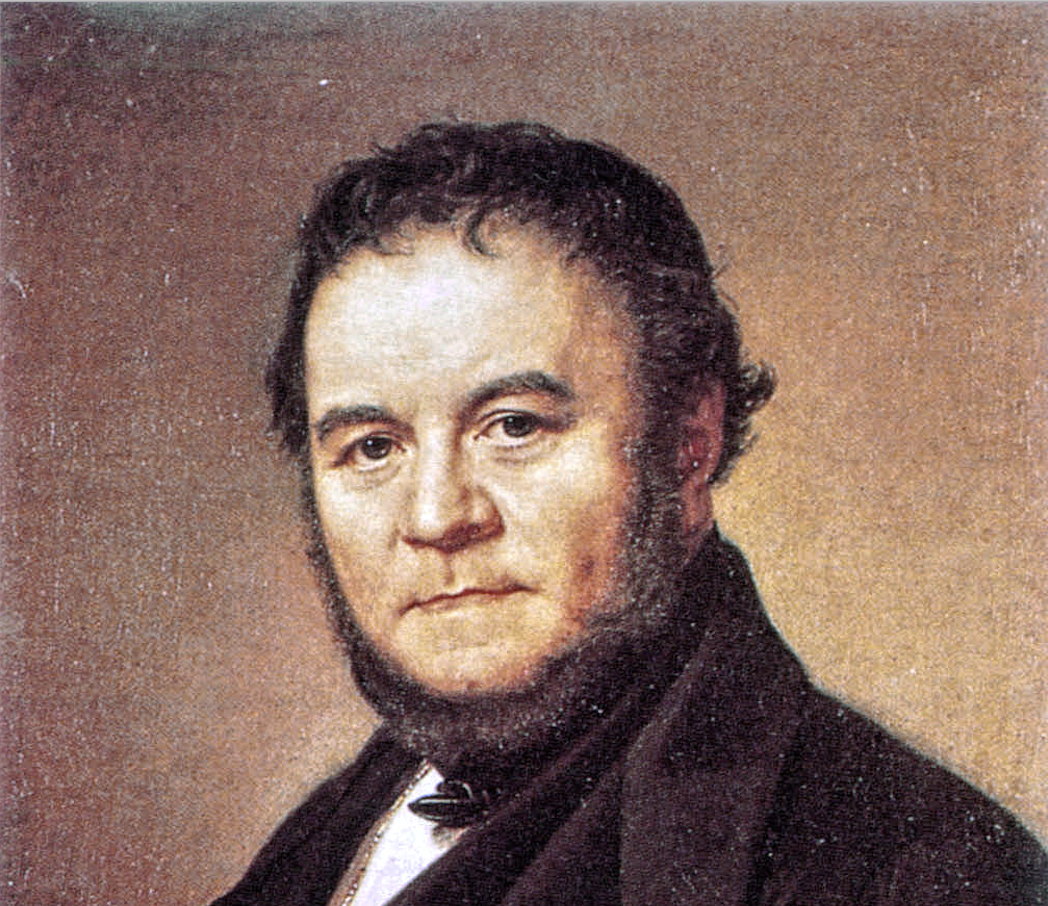Stendhal, nom-de-plume of Marie-Henri Beyle, was a nineteenth-century French novelist who, as a young man and budding art connoisseur, travelled through Italy in 1817. His travel journal provides a familiar account of a visit to Florence, but also records Stendhal’s distinctive reaction to the literally overwhelming aestheticism of the city.

Stendhal | Photo by Wikipedia
Almost 200 years old, Stendhal’s Naples and Florence: A Journey from Milan to Reggio will strike a chord with many modern-day visitors and lovers of Florence. Enthusiastically receptive to Italian culture and also self-consciously foreign, the first-person narrator cuts an engaging figure as he tackles the hustle and bustle of the nineteenth-century Florentine metropolis:
As I came down the Apennines, my heart was beating fast at the thought of entering Florence. At last, I perceived the sombre mass of the cathedral and its dome, Brunelleschi’s masterpiece. The noble city where Dante, Michelangelo and Leonardo da Vinci had all lived! I had seen many views of Florence before, and I was able to walk around without a guide … I sat outside a café in a big square facing the Palazzo Vecchio; the crowd and the cold did not hinder my considerations of the historical importance of this square … I appreciated the mysterious charm of the [Uffizi] gallery’s columns, between which you could see the illuminated houses on the other side of the Arno.
So far so good, one might think. Things take a turn for the unexpected, however, when our protagonist visits the Basilica of Santa Croce:
There lay Machiavelli’s tomb, and next to Michelangelo, rested Galileo. What an astonishing collection of men! Looking on Volterrano’s Sibylles frescoes, I experienced the most intense pleasure art has ever bestowed upon me. I was in a sort of ecstasy, absorbed by the contemplation of sublime beauty … I had reached the point of celestial feeling … As I emerged from the porch of Santa Croce, I was seized with a fierce palpitation of the heart; the wellspring of life was dried up within me, and I walked in constant fear of falling to the ground.
While a more cynical reader may attribute this description to the hypersensitivity and overactive imagination of a young wordsmith, the symptoms described by Stendhal are nowadays legitimately recognized by psychologists. Indeed, the Italian psychotherapist Graziella Magherini recorded more than 100 cases in which tourists have suffered similar physical symptoms-breathlessness, rapid heartbeat, and even a loss of consciousness-after exposure to Florence’s fine art, and she named the condition ‘Stendhal syndrome.’ According to Magherini, Italians themselves are immune to this ailment-perhaps due to an over-exposure of Florence’s beauty-while a preference for highly regimented, list-ticking tourism makes the Japanese equally impervious. Those of Anglo-Saxon origin, however, are the most affected, and the worst cases of Stendhal syndrome have even led to hospitalization at Santa Maria Nuova clinic, where places are reserved for the ‘Stendhal’ patients.
Stendhal himself recovered by sitting on a bench in piazza Santa Croce and reading the lyrical poetry of Ugo Foscolo (‘I needed to hear the voice of a friend sharing my emotion’), and finally retiring to his apartment. Unperturbed by his psychosomatic experiences, he went on to enjoy his time in Florence, undertaking many of the activities that any self-respecting twenty-first century tourist would, including a visit to the Boboli gardens, a wander through the Cascine park (‘it is like the Champs-Élysées, but with too many English and Russians’), and a walk along the river Arno.
Nevertheless, Florence has also undoubtedly changed since the French novelist walked its cobbled streets. Long gone are the silk garments, peripatetic monks and serviceable manservants. Indeed, a modern-day reader may be taken aback when Stendhal assures him that ‘in the streets of Florence, you will smell a sweet scent. With the exception of a few Dutch market towns, Florence is perhaps the cleanest city in the universe,’ while his remarks about the ‘third-rate’ nature of Florence’s musical scene may not ring true today.
And yet Stendhal’s account offers something that transcends the details of his experience in 1817. He was preoccupied with the inner workings of the city’s ‘heart’ and ‘mind’: the timeless qualities of its people, its art and its character. His experiences at the Basilica of Santa Croce have not only become engrained in the cultural imagination of proceeding generations, but also in the academic fields of psychology and psychiatry. Much more than a hackneyed blast from the past, then, Stendhal’s picture of Florence is as fresh and tantalizing today as it was two centuries ago.
[This article was corrected on March 1, 2013 to reflect the following: Graziella Magherini is an Italian psychotherapist, not an Italian psychologist as was published in print in TF 177.]





